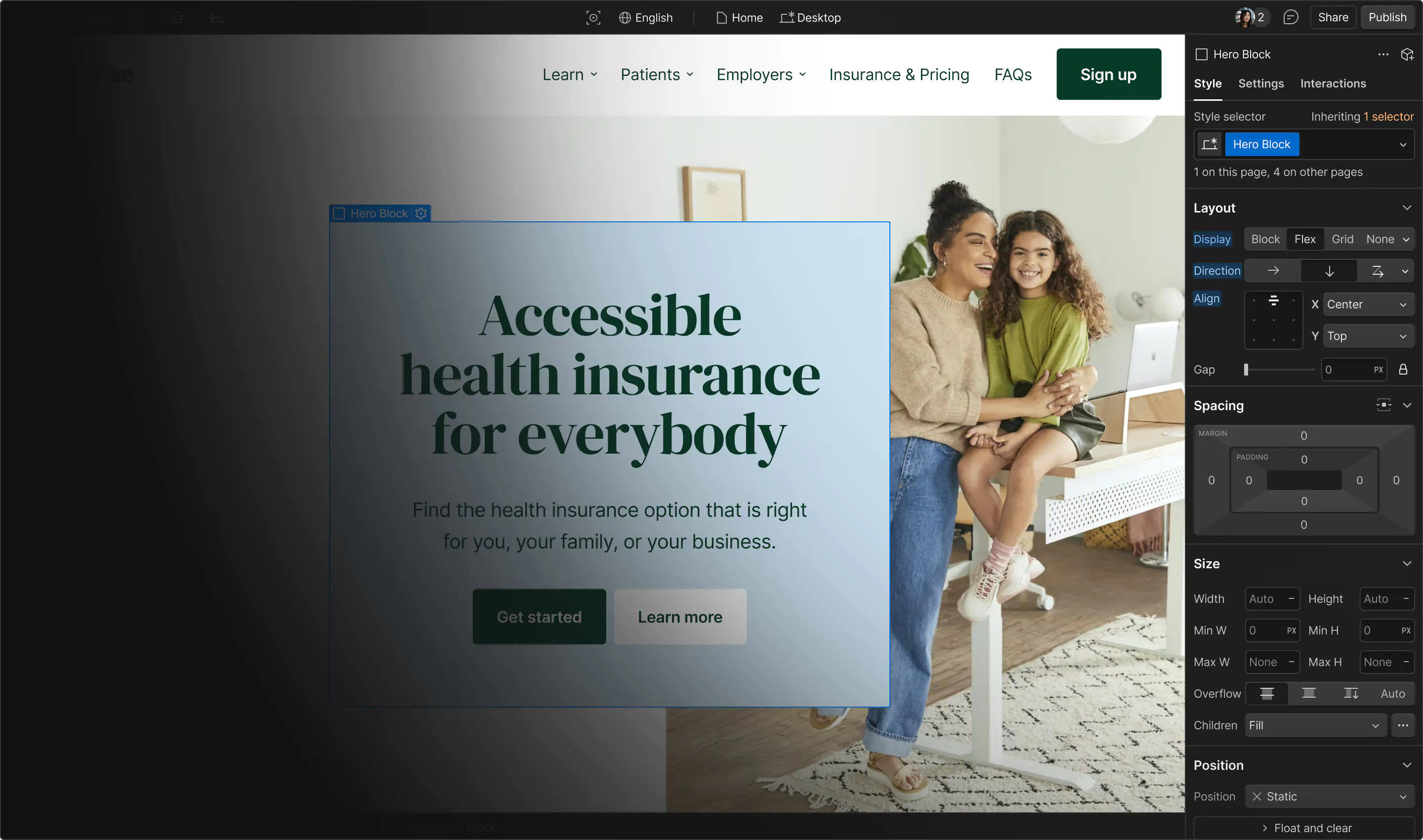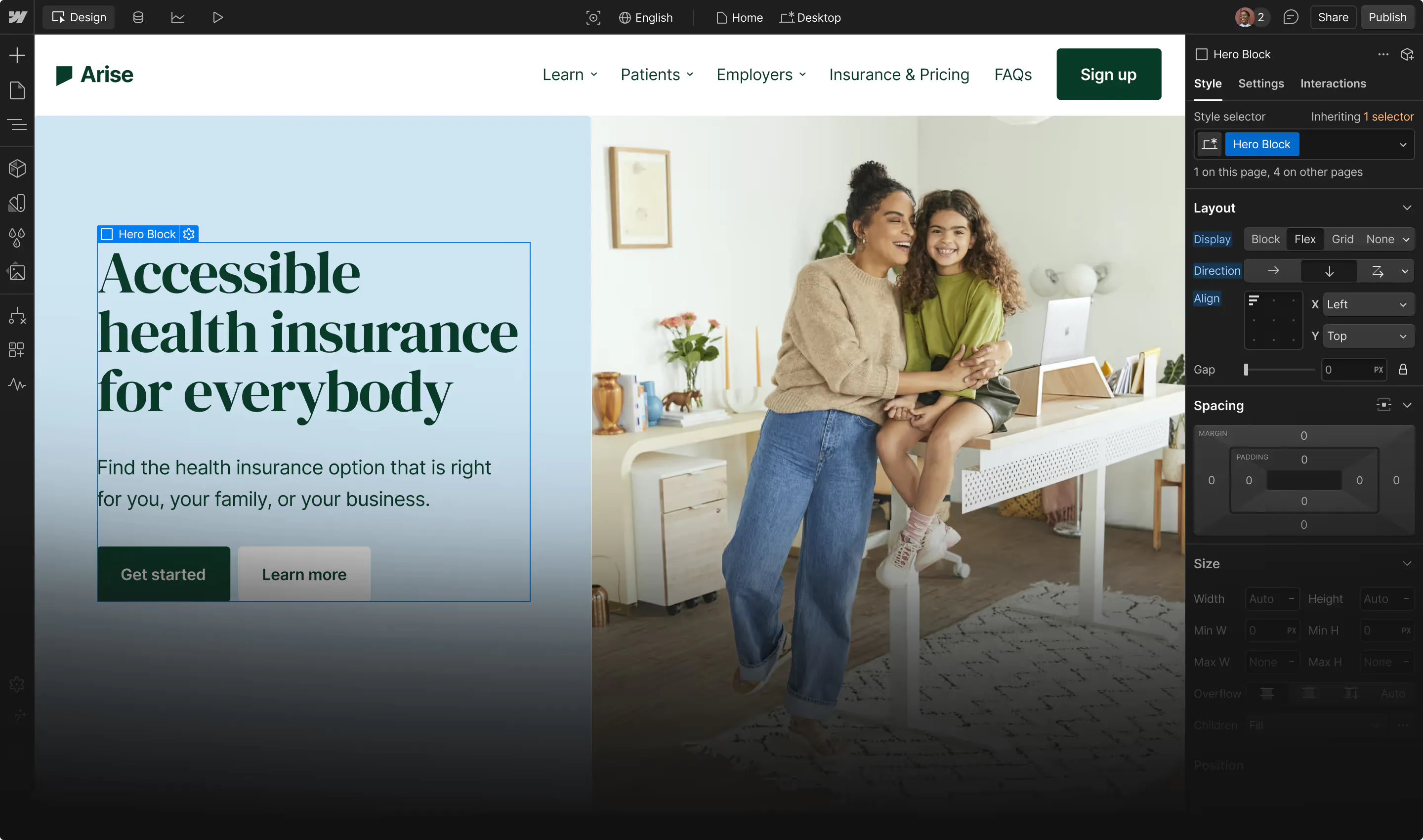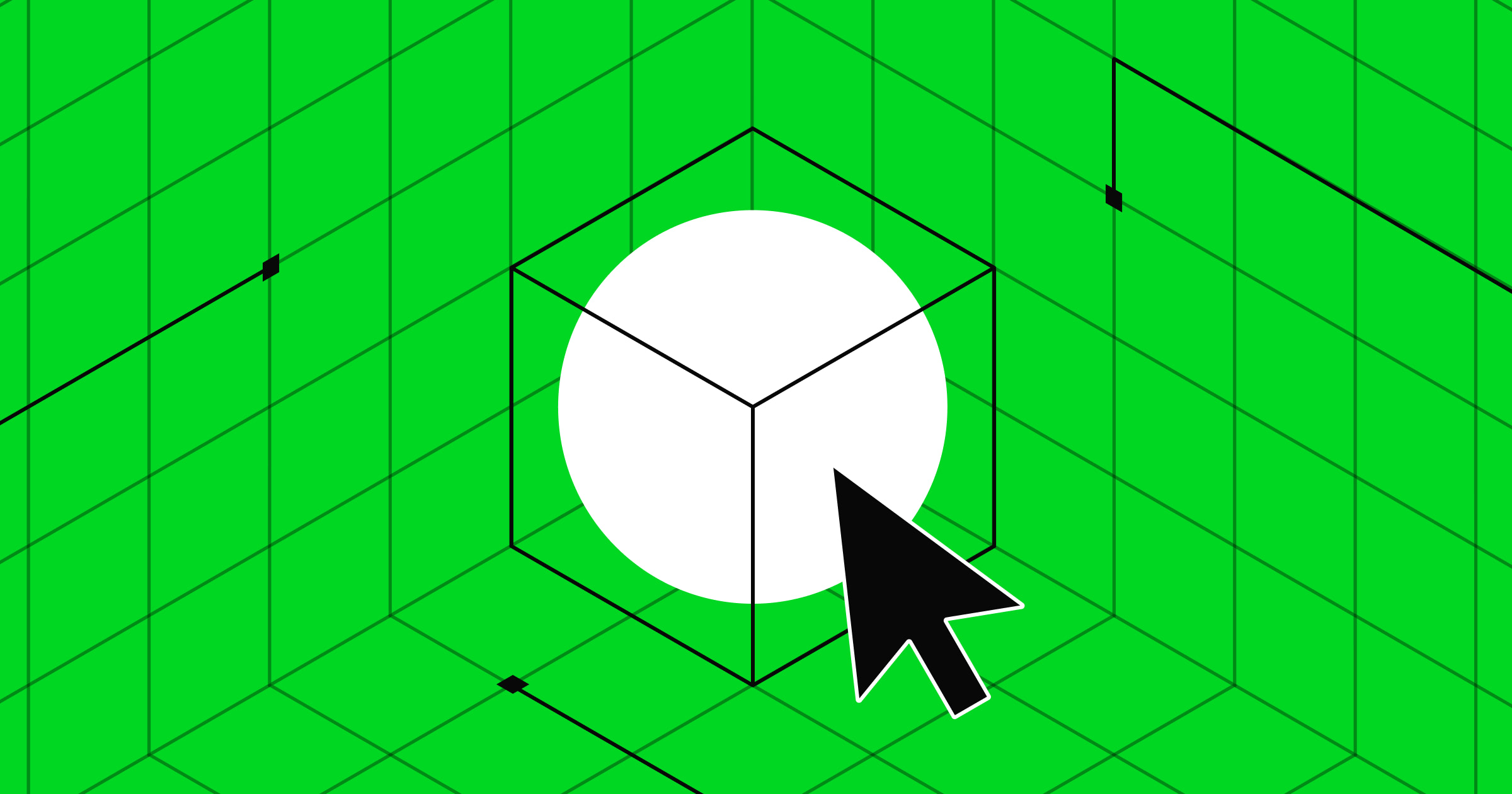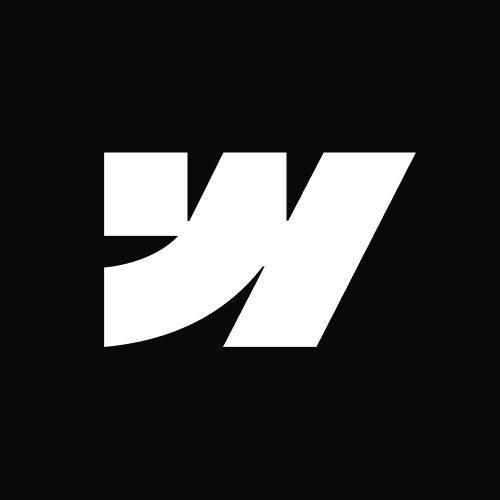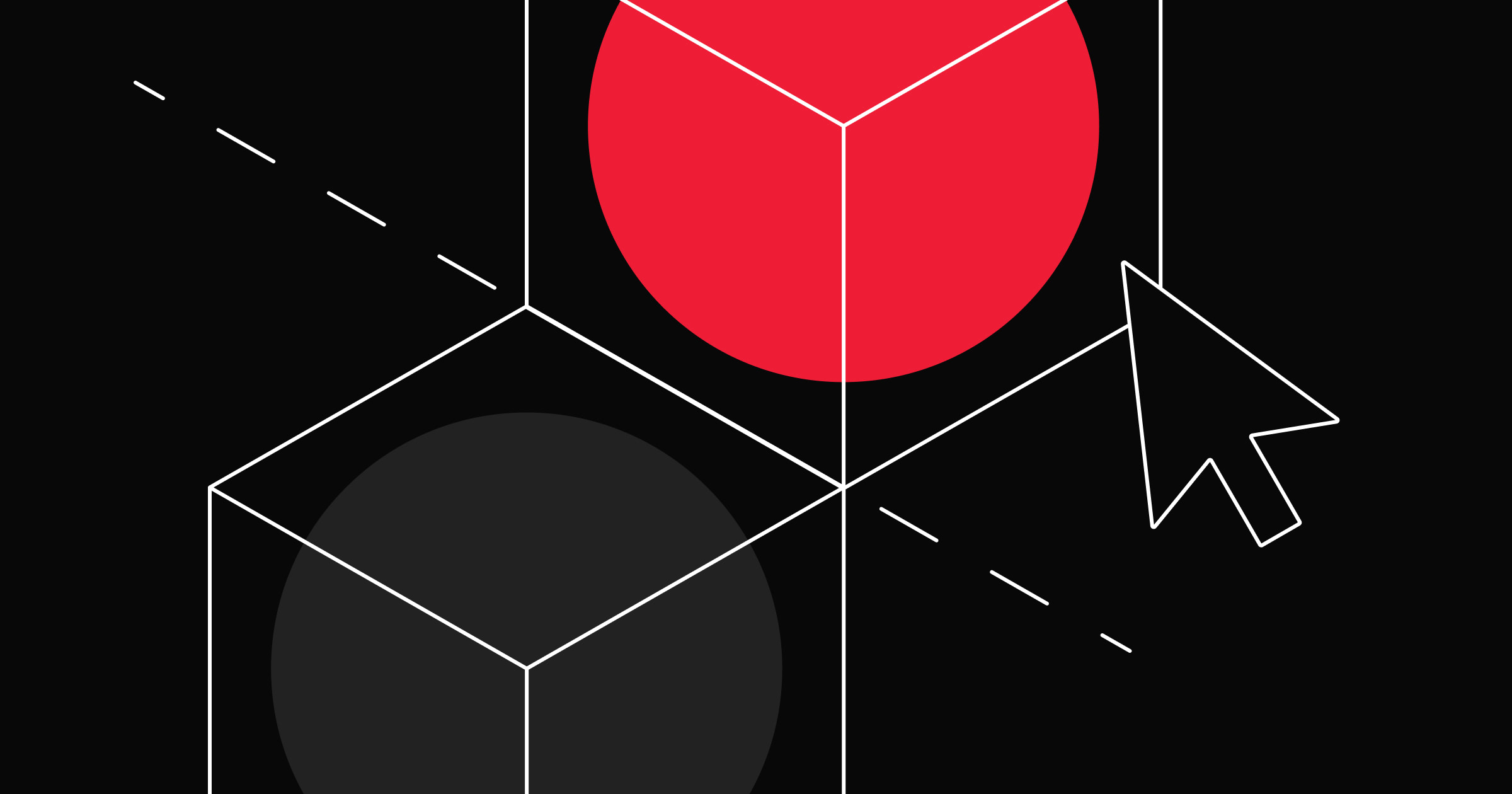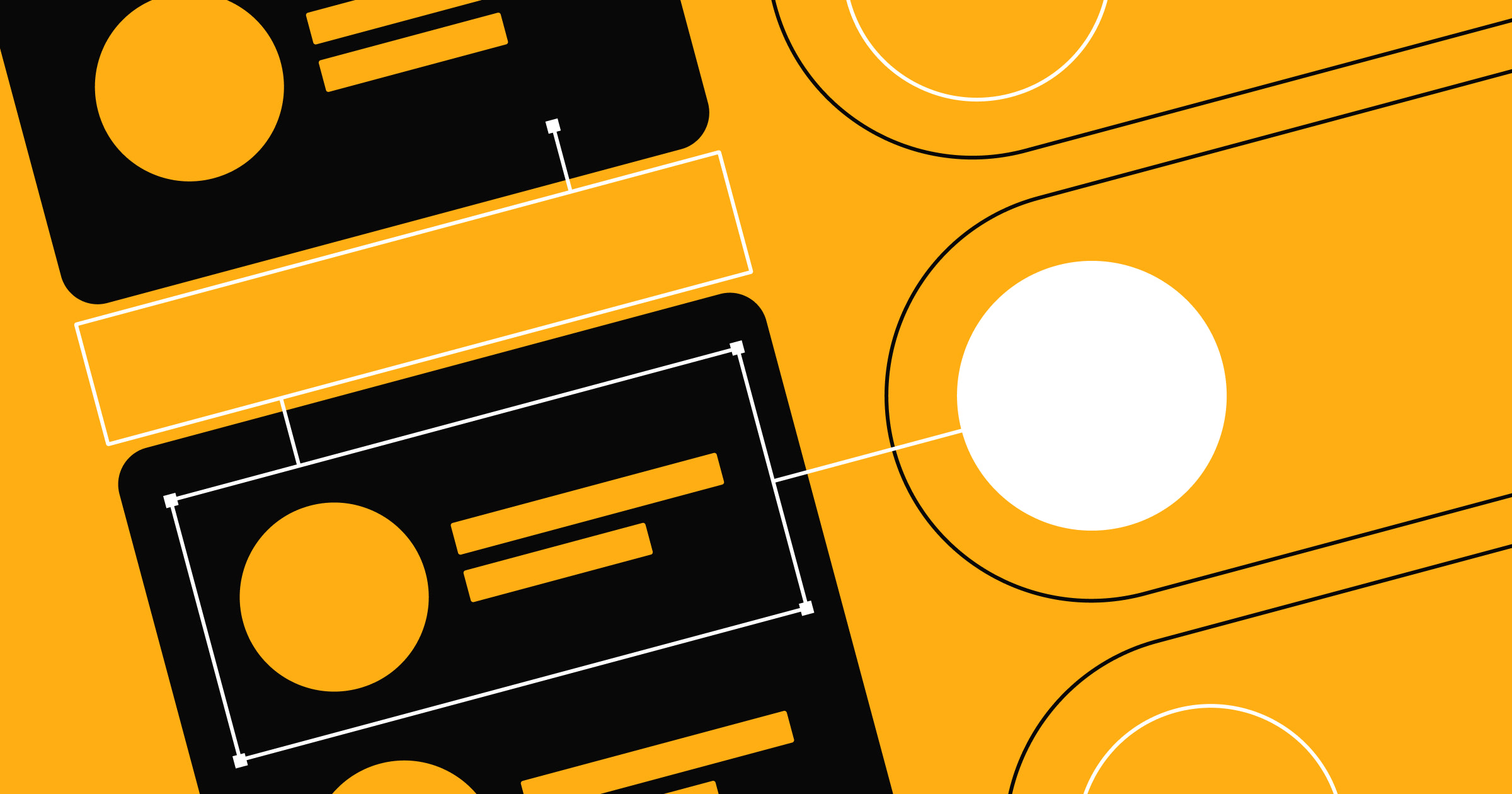The best UX website designs engage visitors by providing a compelling user journey that combines good aesthetics with usability.
Professional user experience (UX) designers have honed their craft for years to develop a design process that produces visually impressive user interfaces and intuitive site navigation. These components make for websites that generate leads and drive conversion, which is why great UX designers are in high demand.
To develop your UX design skills, you’ll need to draw design inspiration from the best, but also apply your own unique style. Read on for new ideas that you can pitch at your team’s next design meeting.
What is the role of UX in web design?
UX involves developing the users' journey through software, such as a mobile app, program, or website. When designing a website’s UX, you must consider how the UI design, navigation, and calls to action (CTA) guide users through the intended user experience.
Much of website design is an exercise in UX design — each web page becomes a step in a carefully planned journey. Bad design creates dead ends, where users have no obvious path forward, while good UX design drives every interaction toward an intended goal, like signing up for a newsletter or investing in a startup.
10 examples of great UX websites
The following are examples of great UX design that can inspire you to create innovative, compelling user experiences. Be sure to check out other websites from the same UX designer or company for more ideas.
1. Bucket

Bucket is a feature flagging and feedback collection tool that developers can use to customize design elements on their chosen platforms. Their website showcases an in-depth video demo and a UI design that resembles GitHub and Stack Overflow. It’s a great example of designing your UX with users in mind — knowing what they find familiar and emulating it makes their navigation more intuitive.
2. Vergo Bank

The Vergo Bank website features a clean, minimalist design with high-quality visuals, thoughtful whitespace, and a clear visual hierarchy. The greyscale color palette makes every CTA obvious, and the highly accessible navigation menu invites users to explore Vergo’s content further.
Every site interaction is predictable and fast, giving potential customers a seamless experience, which the company claims the service follows through on.
3. Pocus

Pocus is an AI-assisted tool that helps sales reps manage their leads and discover new routes to conversion. The homepage’s user experience begins with a video demo, followed by user stories that testify to the power of the tool. As visitors scroll further, Pocus highlights its best features and invites the reader to book a demo.
This formulaic user experience is common for good reason: it works. You demonstrate the product, provide social proof that it works, and then call readers to action. The Pocus web design exemplifies this approach.
4. Cinch PR

Cinch PR is a public relations agency based in San Francisco. The website that Paper Tiger made for them leverages a minimalist design approach for its interface and user journey. You can learn everything you need to know about Cinch by scrolling through their homepage, where you’ll find animated, interactive visuals and engaging CTAs, like “Collaborate with us.” Eventually, everything leads you to a contact form you can use to schedule an appointment. This gentle slope funnels every visitor slowly but surely toward a conversion.
5. Storylane

Storylane puts its CTA at the top of the homepage, immediately encouraging visitors to try the product for free. The user experience that ThunderClap developed for their website preserves the option to try the product at any time, with a sticky navigation menu and several interactive demonstrations. By immediately immersing visitors in your product, you gain traction. Ever-present CTAs and free trial offers turn that traction into a conversion.
6. Lattice

Lattice is an AI tool for human resources used by industry giants like Duolingo, Slack, and Discord. Their website constantly references feedback and praise from recognizable clients, which builds trust that leads to conversion. The reliance on associating yourself with other brands works if you have big industry names to throw around, but it’ll take some time to build your portfolio. Along the way, capture every piece of glowing feedback you get from your clients — you never know when you may be able to capitalize on your association with them.


















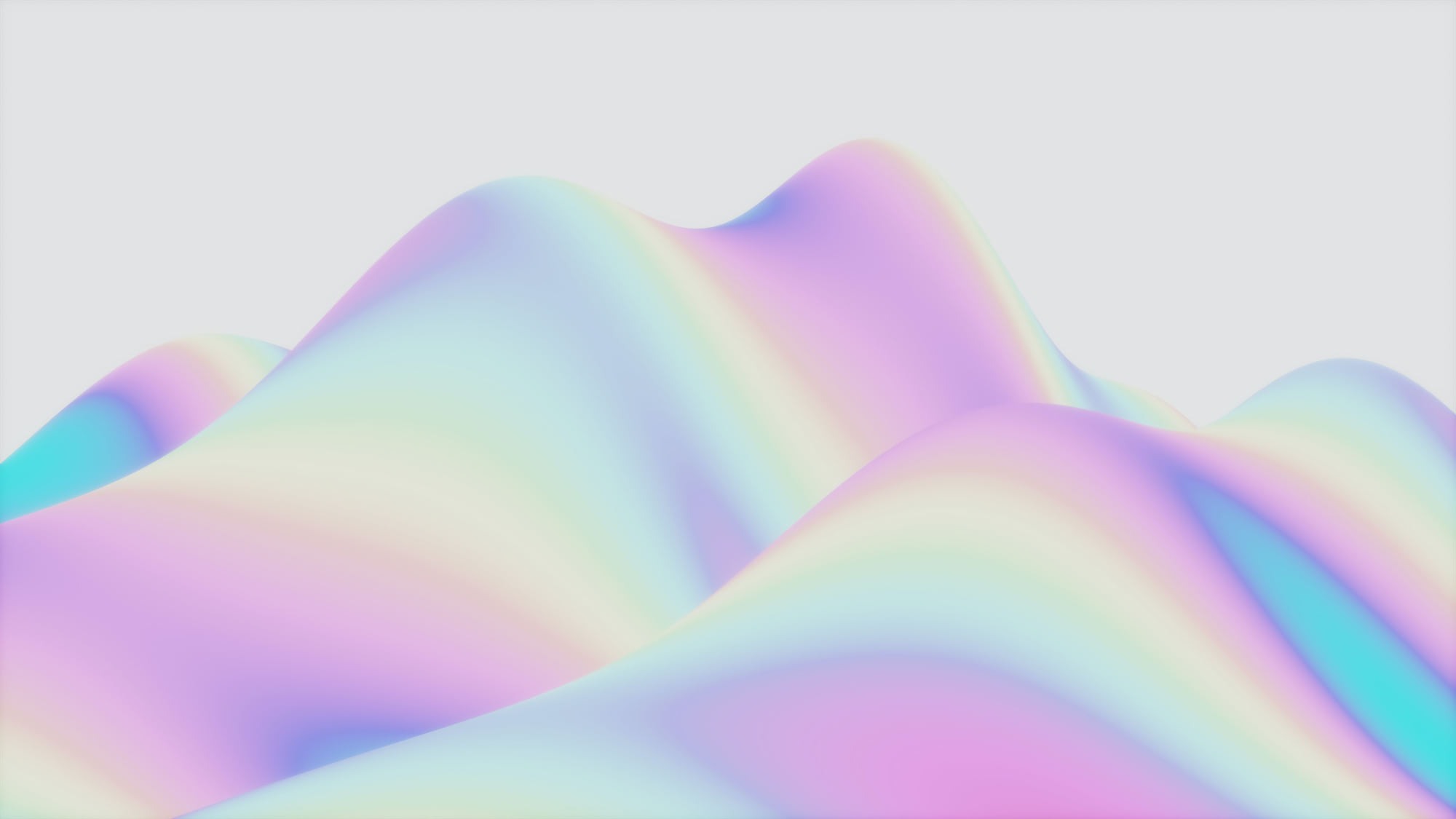
Launch with Webflow Templates
Choose from hundreds of professionally designed website templates for any industry or style. Customize visually, launch instantly — no coding required.
7. Teach:able

Teach:able is a learning platform where creators can make and publish content. The company’s website features a bold color palette, inviting visuals, and glowing testimonials from users. These components encourage visitors to click on punchy CTA buttons like “Start for free” and “Explore all plans.” The simple navigation menu at the top organizes information into intuitive categories for anyone who wants to dive deeper.
The whole site puts its visitors in the driver's seat, giving them all the information they need to convert and inviting them to learn more if they want to.
8. Heva Health

Heva Health’s website, designed by Carter Ogunsola, showcases some excellent, innovative UX design choices. Rather than driving toward conversion, this website aims to build a rapport with visitors through a personalized experience. The “Get Started” button guides them toward the activity they’re most interested in, and numerous menus give them ways to discover new products related to that activity. This strategy empowers readers to engage on their own terms, and it’s a great example for healthcare and wellness brands, where a personal approach is best.
9. Jasper AI

The Jasper AI website is a great example of a consistent aesthetic. The tiles in the hero image are a constant theme throughout the UX design, where squares and grids appear in almost every graphic. This visual consistency creates an immersive experience, making users feel like a piece in a giant puzzle. You can use this same strategy for any web design by taking a fundamental shape like a square, circle, or triangle and finding ways to feature it throughout the site’s design.
10. Immersity AI

The Immersity AI homepage is packed with clever interaction design and usability, where numerous demonstrations show how its AI platform turns 2D assets into 3D renders for XR and VR experiences. Immersity gives visitors every reason to be impressed by showing off great examples of what users have made with their software, and encourages users to convert early. If your website is for a visual medium like graphic design, this strategy could work equally well for you.
UX that inspires, designs that deliver
Designing excellent UX begins with knowing your users and leveraging that relationship to create immersive interactions. You’ll need a powerful web design platform that gathers crucial analytics and provides all the tools you need to act on them.
Webflow’s visual canvas offers a deeply customizable experience that can suit any design process. Meanwhile, Webflow Optimize brings A/B testing to your content so your team can experiment with different UI and UX designs to find the ones that maximize conversions.
Explore Webflow Marketplace to start building with different layouts and templates.

Build websites that get results.
Build visually, publish instantly, and scale safely and quickly — without writing a line of code. All with Webflow's website experience platform.
